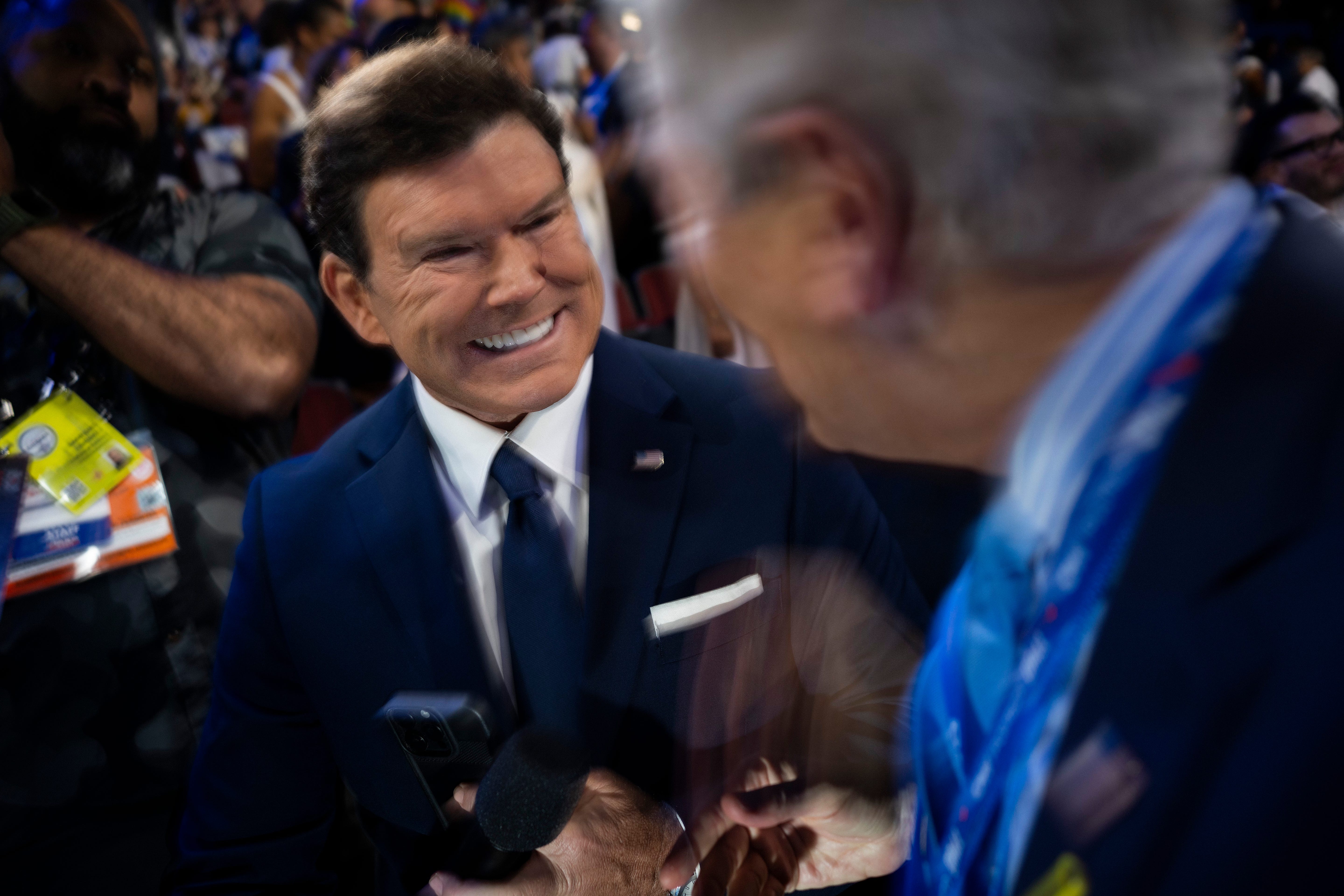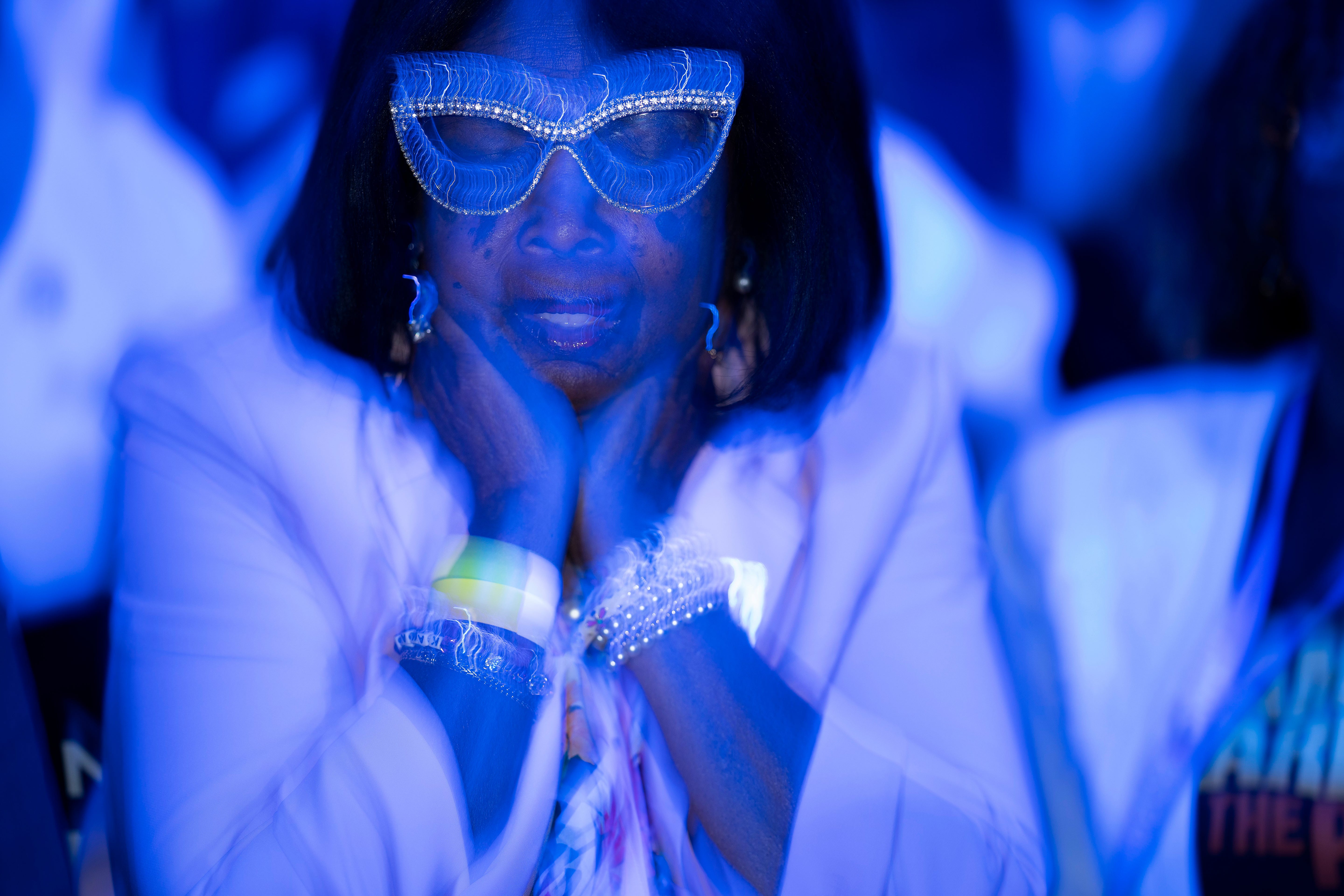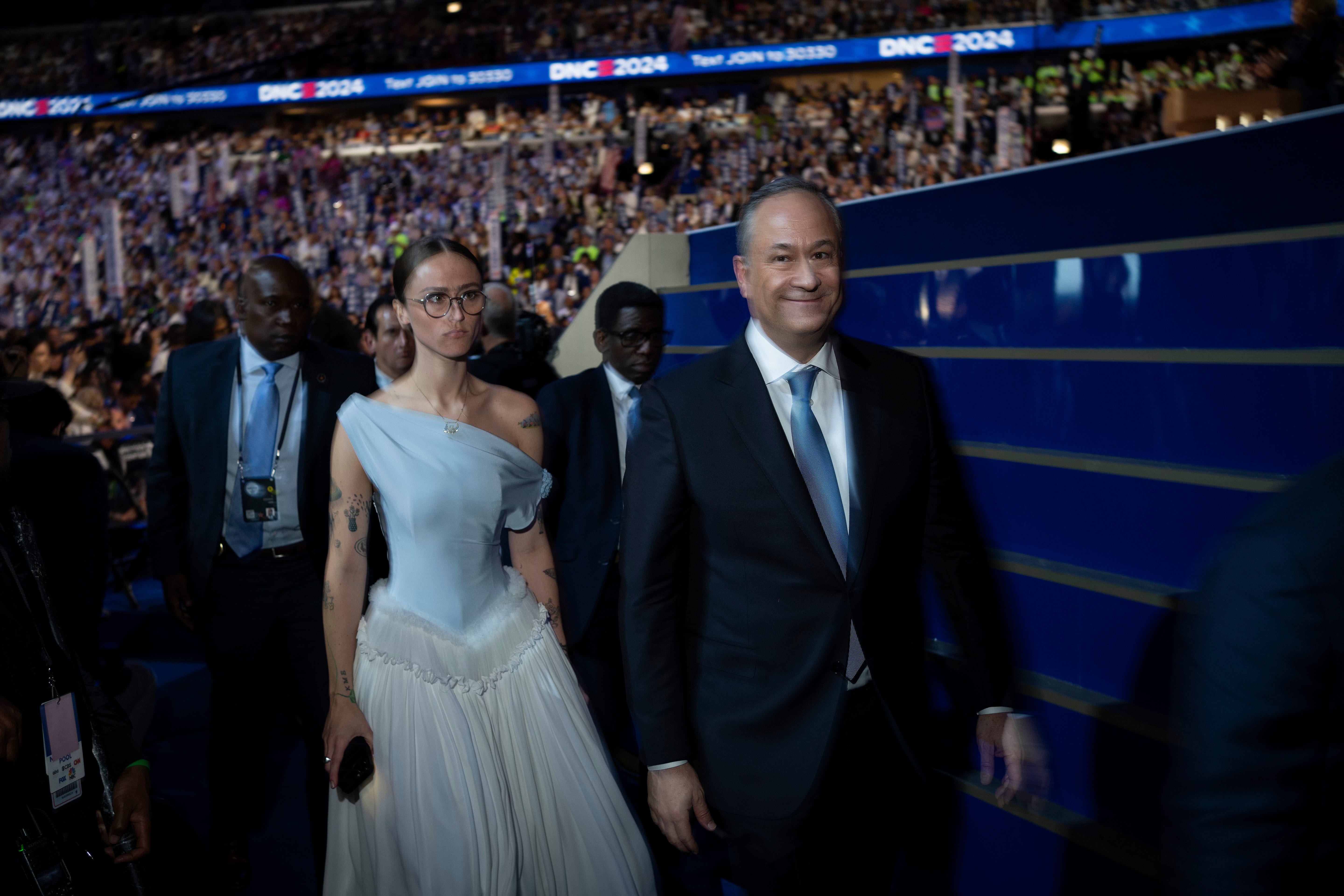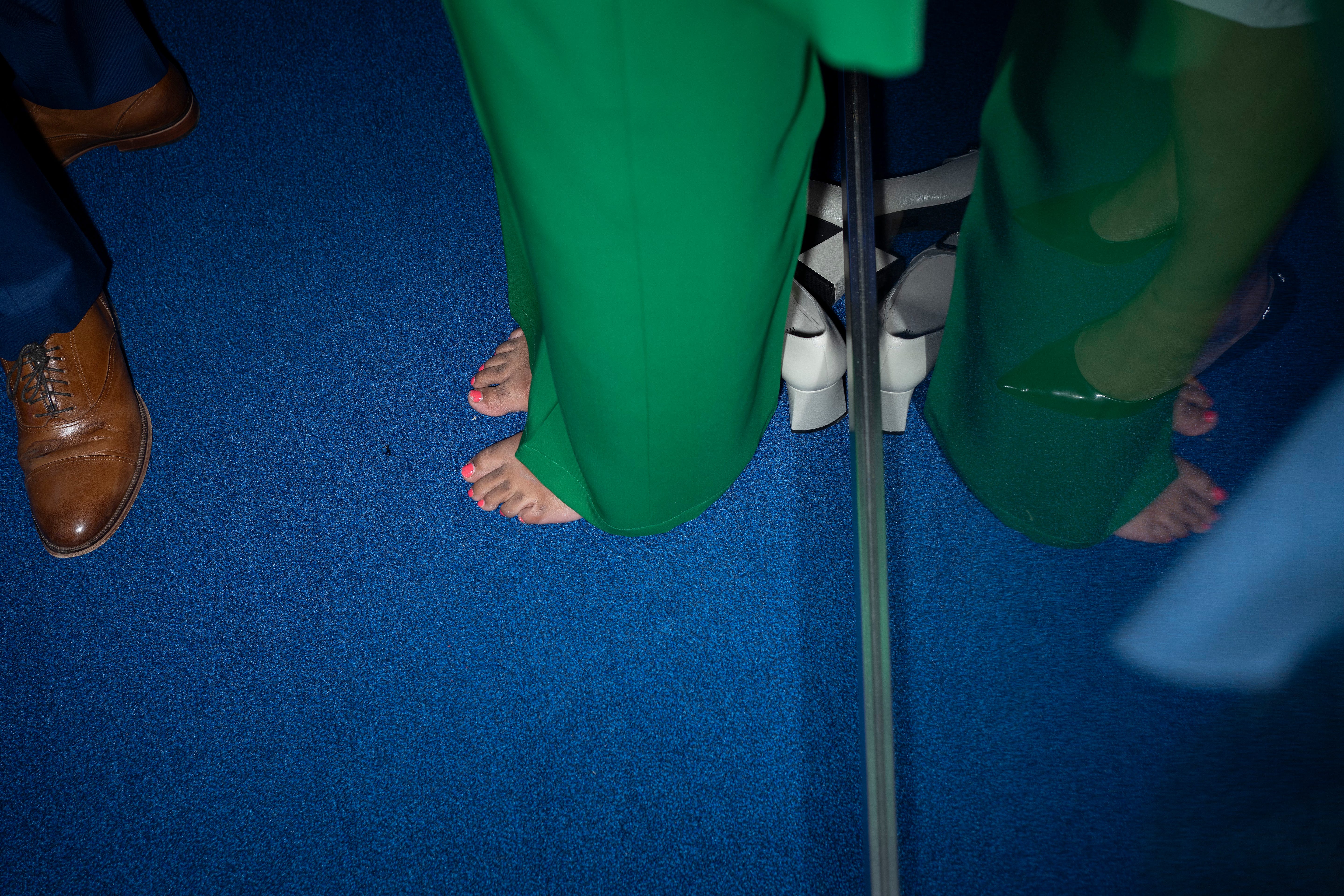Where is the connection?** There’s always something—a path between where we are and where we want to go.
When making pictures, that’s what I’m looking for: that captured moment that takes the viewer from where they are to what I’m witnessing. That’s why I’m here. That’s why I do what I do. I think that’s why most good photojournalists do it, even if they haven’t quite articulated it yet.
Take a look. This is not just what I’m seeing; it’s also what I’m experiencing.
**Take me to the bridge. Living in America.**
That’s why you always get off the boat.
I’m not talking politically. I’m not quite sure where that path is or how to find it. And that’s okay.
Photojournalists should only discuss the four W’s: the who, what, when, and where. The why is out of our reach—always has been. Our medium simply doesn’t have that power, and that’s okay too. But although we can’t provide easy solutions, we can certainly start the conversation. That’s what good photojournalism does.
Make pictures that are accurate and pleasing to the eye. Images that pique the viewer’s curiosity. “Take a look at this,” we say, “and tell us what you think.” Images that seek to supply the why always fail. Not only that, they end the discussion before it starts.
**Start the conversation. Don’t end it.**
“Tell me what you think, dear viewer, and then maybe read a book,” should probably be our unofficial motto—or at least part of the job description.
The still image, even a group of them in a carefully edited photo essay, is an extremely limited way to communicate with people. Always has been. Why did the Chisso Corporation dump tons of methyl mercury into the bay, you ask? To make more money, of course.
Discussion over.
The why is always the same. Gene Smith could have saved himself a trip to Minamata if that was all he was looking for.
Still images: no sound, no smell, no touch, and, besides the occasional shutter drag, no motion.
And yet here you are, knowing exactly what it sounded like, how it smelled, and how it felt to be right in the thick of it.
Did you stumble across any words that did that? What about the live television broadcast? Maybe a little? I think a live radio broadcast has a better shot of delivering those goods.
Day Four at one of these is always the same. Time to put aside the silly hat photos. Time to make some real pictures, or at least be in a position that gives one the opportunity to do so.
Usually, that’s the buffer—the tight area directly in front of the stage. Or better yet, directly onstage to one side or the other with the tight pool. Either one of these locations is prime and hard to secure. Once you get there, you stay until the balloons stop falling.
The days of the silly hat photos that were so important at the beginning of the week have passed. It’s time to make pictures that ask tough questions, not offer simple answers.
















Love these.